Stacie Crooks is a Seattle-based garden designer who has created beautiful, ecologically friendly, low-maintenance gardens throughout the Pacific Northwest. She is also a contributing editor for Fine Gardening magazine and has shared her insights with our readers through 10 feature articles and several departments over the past 17 years. In this episode, Carol interviews Stacie about the lessons that she has gained from her years of garden design experience.
Stacie Crooks’s Garden Design Rules of Thumb
1. Identify your project.
Ask yourself “What do I want to achieve?” and “Why do I want to do this?” Having a clear goal in mind- be it lower maintenance, better curb appeal, or more wildlife in the garden- will help you make the right design, style, and plant choices.
2. Know your site.
Before you can make any changes, you need to know your limitations. Determine the garden’s light exposure and angles, soil types, drainage, topography, and size. Consider irrigation (if you need water, where will it come from?) and access (how will you get into the garden and move through it?) Bearing all this in mind, set a budget.
3. Get inspired.
With your goals and guidelines clear, It’s time for a solid plan. People always ask, “Where do I start?” Engage in activities that foster learning and friendships. Read books and magazines and go to lectures. Join a garden club. Volunteer at a public garden. Look in the newspapers and on the internet for opportunities. Take notes, make lists and make sketches. Take photos of gardens you visit and copy them.
4. No zone denial.
When you go to buy your plants at your local nursery, read the tags carefully. Choose only that which is suited for your site and to your lifestyle. If it is not clear, ask a nursery person. Be sure that the amount of care that plant needs match the time and energy you can afford.
5. Finish one garden before you start another.
Resist buying plants that are not for your current project- they’ll just die waiting for you to plant them. Stick to the list.
6. Be responsible environmentally.
Always aim to use less water, less fertilizer, and no chemicals. The better you know your site, the easier it is to achieve success naturally. There’s an importance to NOT gardening, using fewer resources and less labor and just enjoying your space more.


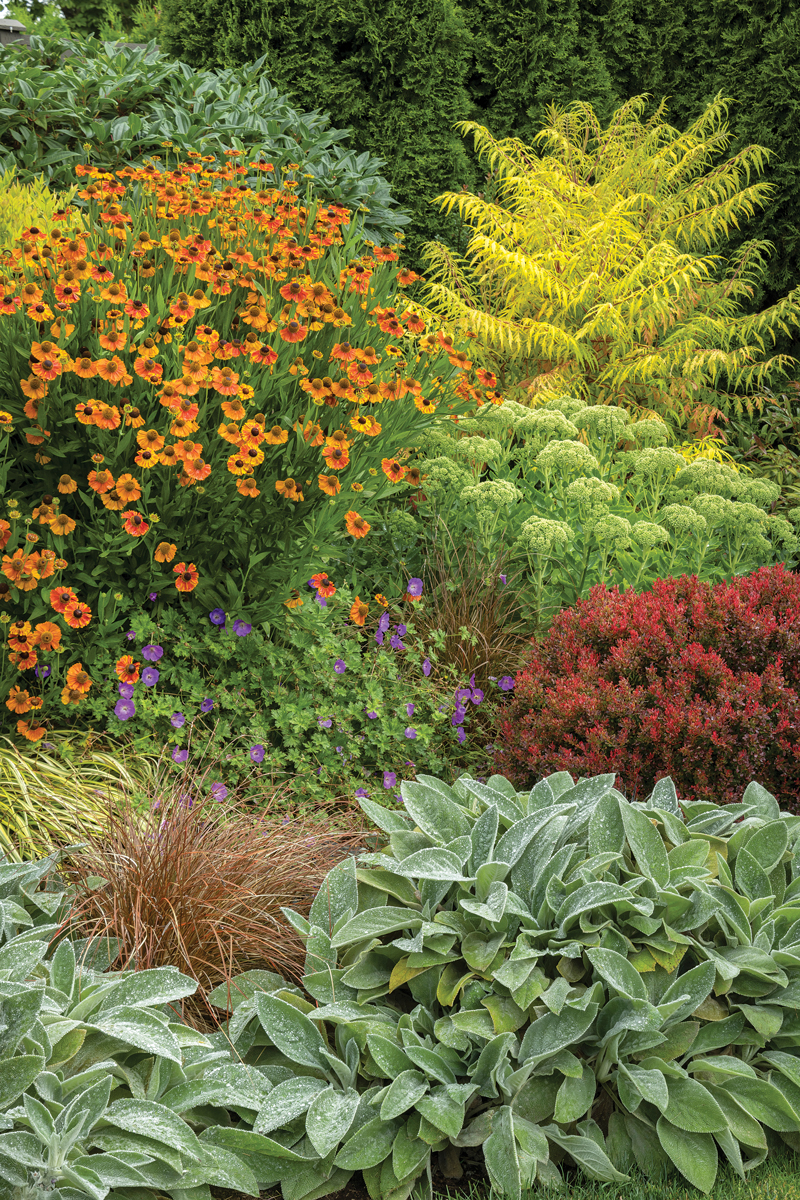

05 Agave planted in gravel


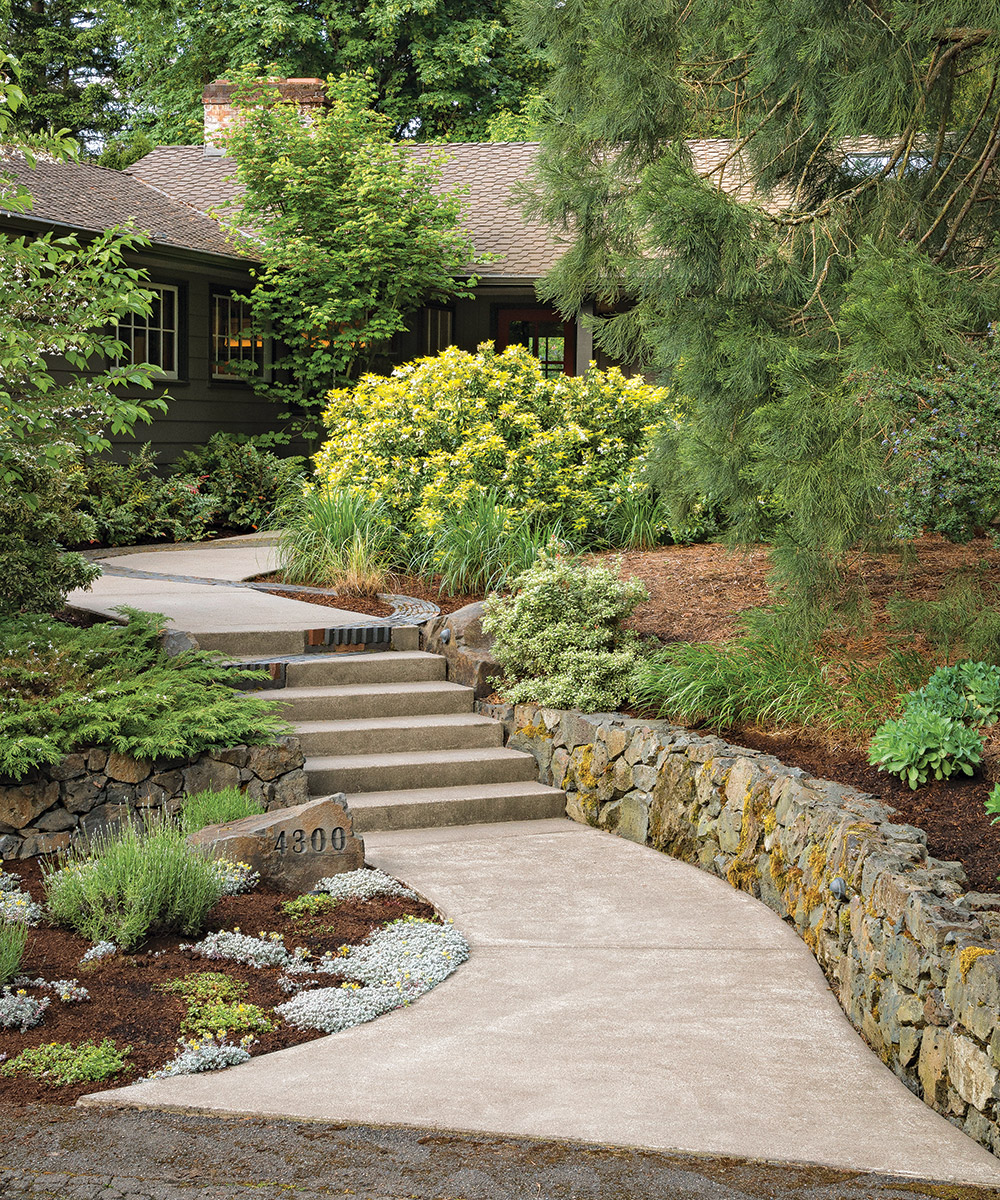
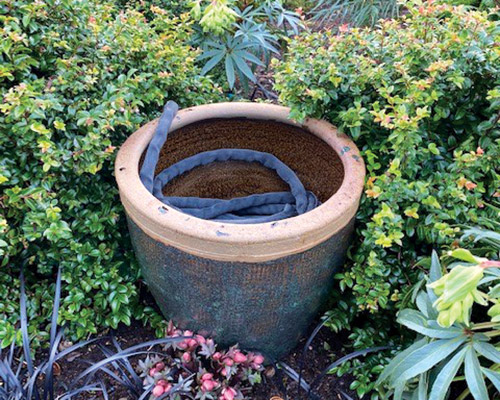
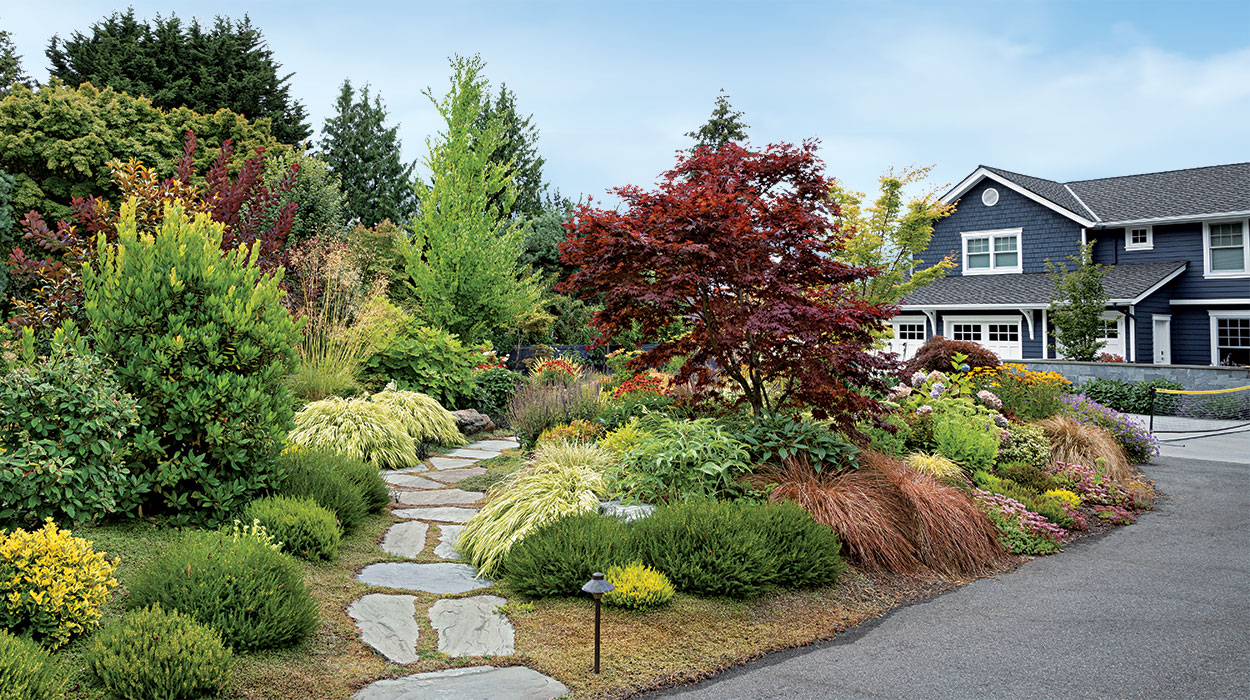
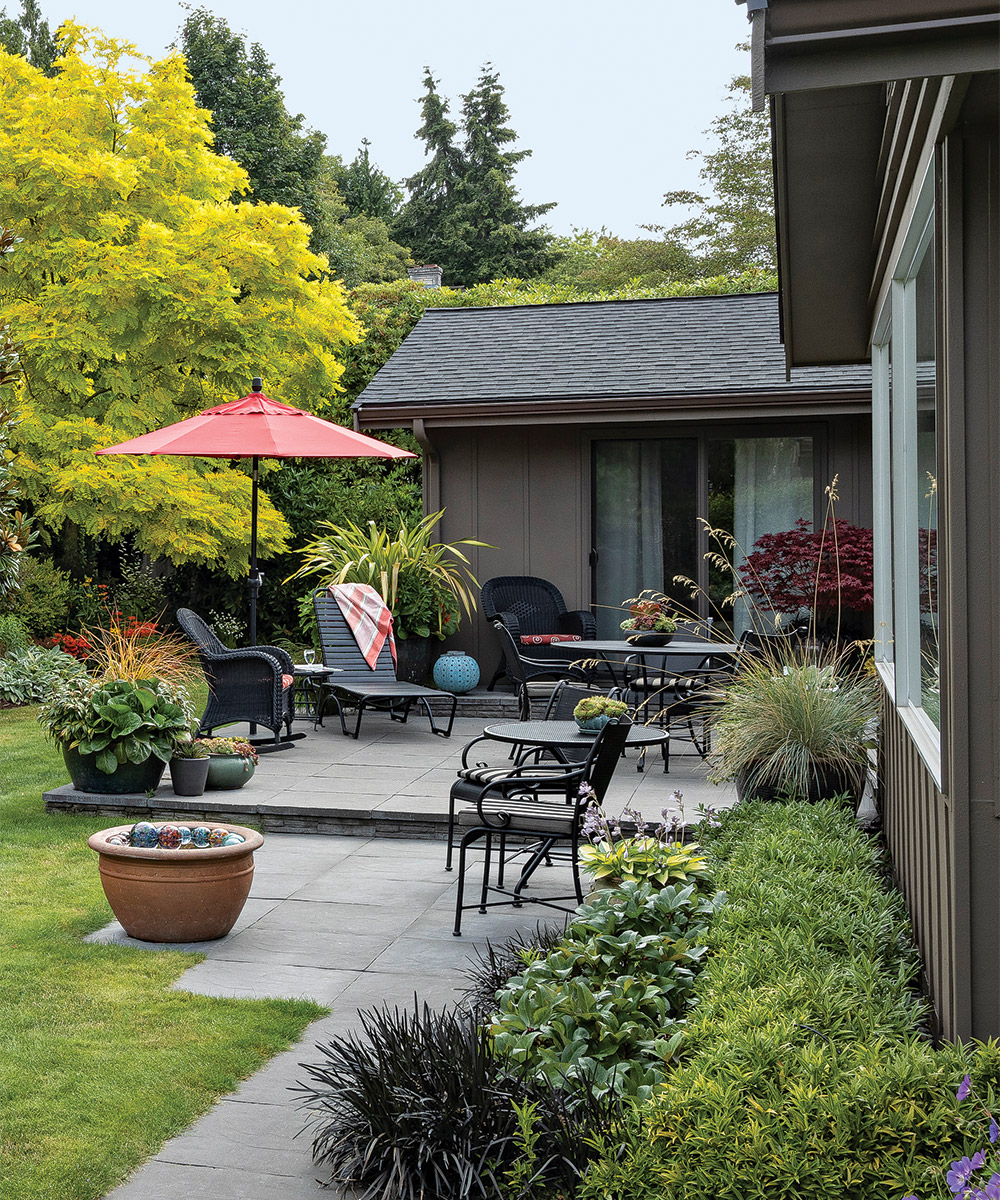


More from Stacie Crooks:
- For a few more design rules of thumb from Stacie, check out this article: Expert Design Advice: Think Long-Term When Planning Your Garden
- The article about the back border in Stacie’s home garden is here: A Gorgeous Garden Design to Border a Fence
- You can find plant IDs for that beautiful back border here: Designing a Beautiful Back Border—Planting Plan
- To read Stacie’s tips on caring for heaths and heathers, check out this article: How Do You Care for Heaths and Heathers?

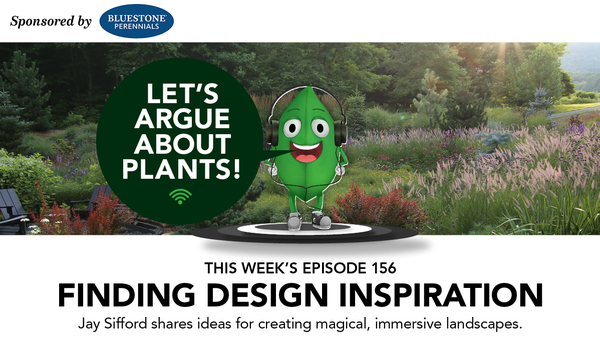

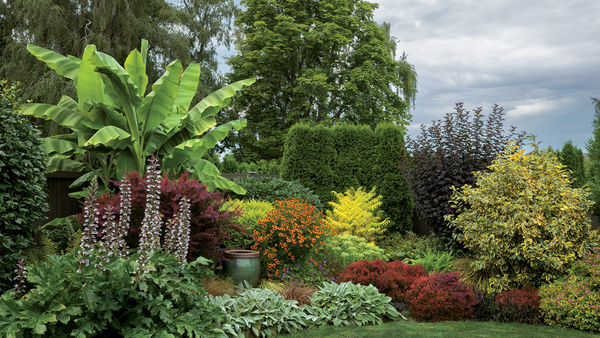













Comments
Carol-
I've been a fan of FG and the podcast for years- centuries! But I was appalled to hear Stacie's blatantly stupid explanation for why she can't use native plants in the Northwest. YOU KNOW thats complete BS. Native plants are essential. I know your magazine's business plan relies heavily on "cool new plants" but PLEASE do not allow your "experts" to dis native plants!!! If I hear someting so idiotic, irresponsible and unethical again, I will need to end my all-access subsciption.
Heidi Dollard
Massachusetts Pollinator Network
[email protected]
I agree. It was a cringeworthy moment on a program that was otherwise excellent. In addition, her rationalization that she could select plants from any Mediterranean habitat and be confident that they would work in her area indicated a lack of sensitivity to the relationship between native plants and native wildlife.
Log in or create an account to post a comment.
Sign up Log in